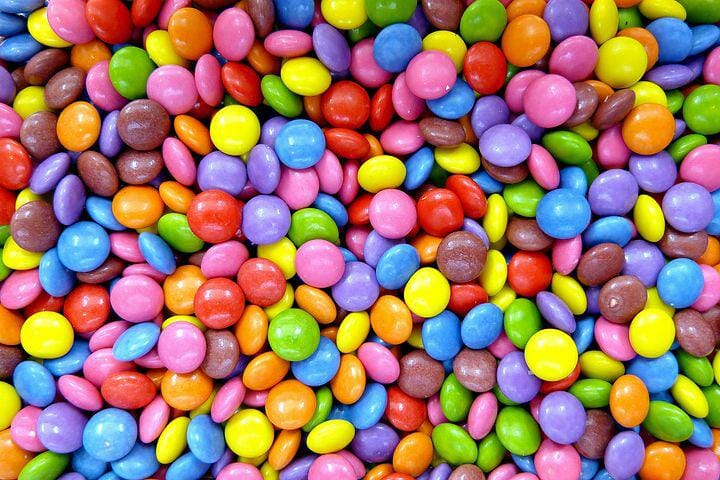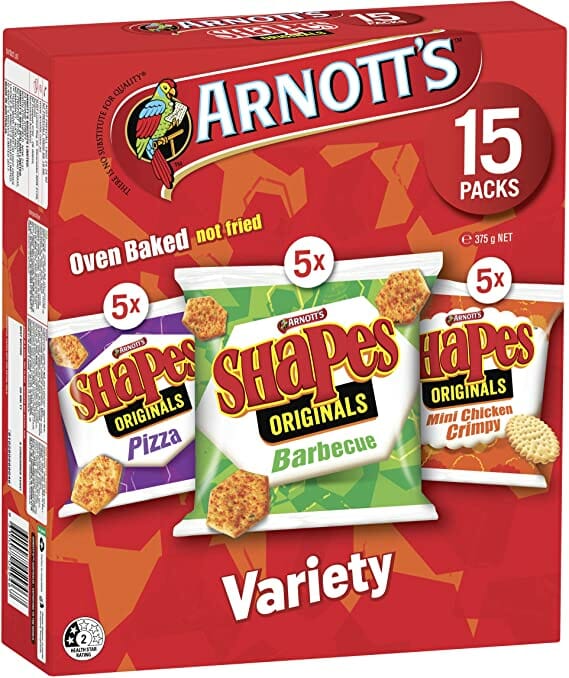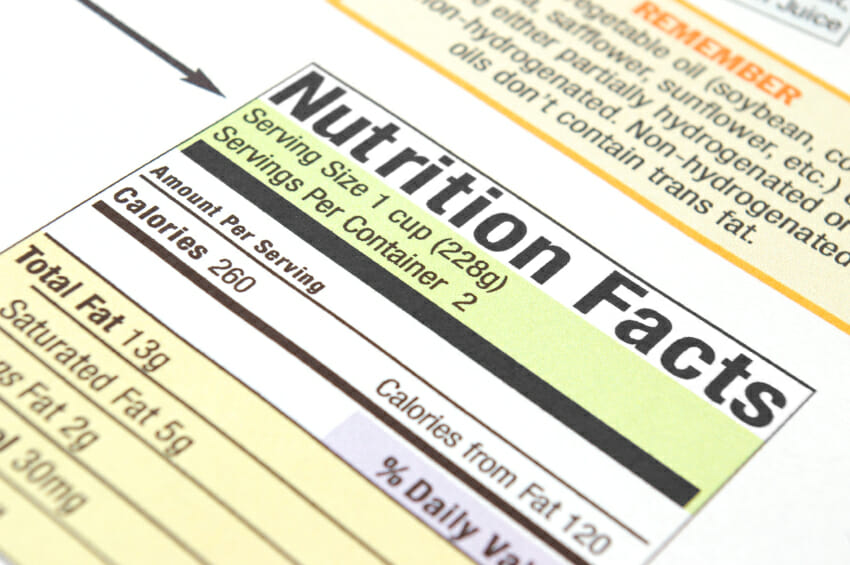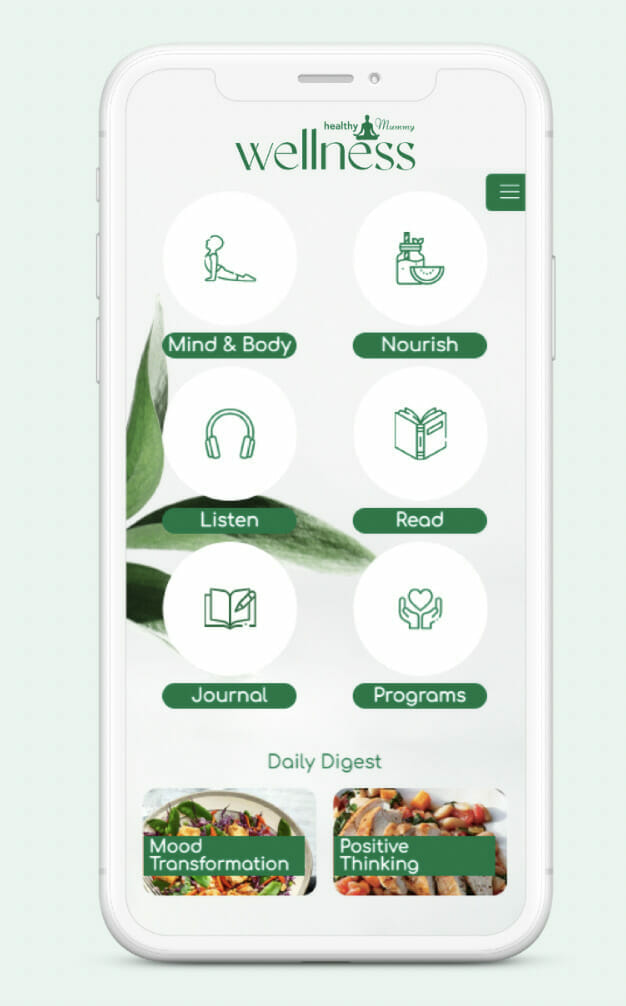![]()
Why mums need to be food label detectives

There’s no doubt that the chemicals being added to a broad sweep of our foods today certainly have an impact on mood and behaviour .
As a clinical Nutritionist, Ruth Fellows helps parents of children with behavioural concerns, ADHD, mood health and sleep using natural medicine, and has a wealth of knowledge on food additives and how they affect behaviour, mood and sleep in our children, and not just children with a behavioural disorder or specific diagnosis. As an educator and speaker, with over 13 years clinical experience Ruth covers this topic in detail in a recent Podcast in the Healthy Mummy Wellness App .

Food Additives and Behaviour
Research shows additives have an affect on the vast majority of children who have behavioural issues or problems regulating emotions. By the same score we can’t rely solely on looking at food additives and thinking that this alone will make the difference. But it’s important and still needs to be addressed and unpacked to see which groups of foods could be causing issues for your child.
The Three Types of Additives
Most parents are familiar with colours, and specifically the notion of avoiding red food colouring! But it’s important not to fall into the trap of thinking it’s just the foods with vivid colours that have the nasties – often natural looking foods have colours in there and can potentially still be impacting your child.

Then you have your flavours, which don’t have such a sweeping affect on numerous children but there are certainly a select few that have an issue with flavours. The ones to be tuned into are the flavour enhancers and as the name suggests, they are put in there by manufacturers to amp up the flavour and give us that pop. They are snuck into a huge variety of savoury foods and in particular snack foods that kids really like – such as Shapes.

Then you have a huge family of preservatives – found in things considered to be healthy foods, such as deli meats and dried fruits. You find them in snack foods that use some kind of oil or fat as part of the production so that the product looks appealing.
Process of Elimination
These are the 3 main categories and the tricky thing is trying to isolate which one, if any are causing your child a problem. You can’t assume that it’s one of these 3 main categories that will affect your child as every child is different when it comes to each of the groups. As mums these days we need to be real food nutrition detectives and it can be a painful process of elimination.

To make the connection as to how our children are affected can be described as irritants. A classic example could be with red food colouring, you would see heightened behaviour, irritation, aggression and afterwards a big crash and a drop or your child on the floor in a puddle of tears. It’s literally like the chemicals are playing on the ends of the nerves, flicking away at them and causing that irritation. Children are very expressive in this way but as an adult we may label it as a headache or fatigue and we may remove ourselves from the situation. Children don’t know how to do this and so if their brain is feeling off, irritated or sore we see this in big expressions of emotion. It’s a very physical response.
How to decipher food labels

So some suggestions for families to keep on top of it all!
Firstly it’s a good idea to get comfortable with what you are reading when you are looking at the labels. Don’t be fooled by the front of the packaging that says “kid friendly” and “NO MSG” or the 5 stars. You need to flip to the back and almost disregard the nutrient label, as it’s not hugely relevant for your needs.
Focus on the ingredients list and a little education may be required to learn which preservatives to look out for. Colours and flavours are very clearly labeled so you can pick them up really easily and they do need to differentiate between a natural and an artificial colour. True natural flavours are very expensive so this can be misleading as manufacturers may be using synthesised natural flavour, which isn’t really natural at all! What a minefield!

Safest to assume that if your child has an issue with flavour avoid natural flavours as well. This is challenging we know considering it cuts out a lot of snack foods that kids enjoy. But if we had to really pick on 3 we need to look at colours, flavours and flavour enhancers.
Flavour enhancers have the same chemical reaction in the brain as MSG. So while there maybe no MSG in the food you are going to see the same side effects in your child, as if it were in there. This is a very common strategy with food manufacturers to trick us into believing their food is squeaky clean when it’s far from it.
Children can also react to yeast extract, which is found in a lot of products and this is because it can hide flavour enhancers and they don’t have to declare this as it resides within the yeast extract itself. Manufacturers use a number of loopholes to hide additives.
For a time we all got savvy learning the numbers and then manufacturers started naming chemicals instead of numbers so we all had to retrain over again. A handy resource would be to have a list of the chemicals linking to the numbers on our phone for when we go shopping. Sadly this may wipe out a number of things sitting in your pantry but this doesn’t mean you can’t have snack foods we just have to make some conscious switches.
It’s challenging at the beginning but all we can do is chip away. If we look at savoury snack foods, switch the tasty flavoursome variety for plain. Plain potato chips or plain rice crackers. Retraining the taste buds to recognise that salty is good enough. We don’t need salty AND flavoursome! And watch out for the dried fruit products because they are heavily promoted as snack items because they are “healthy” but they tend to be loaded with sugar as well as preservatives that can be quite disruptive to the nervous system.
Two swaps to start with – baby steps! Godspeed mums!
Top 3 tips tally
- Read the ingredients list
- Avoid colours and flavours
- Take your chemical and preservative cheat sheet list with you when you swap so you can’t be outsmarted!
How food affects a child’s behaviour and mood
Hear the full Podcast on Food Additives and Behaviour in the Healthy Mummy Wellness App

The Healthy Mummy Wellness app is built to support mums’ mental, physical and social wellbeing. We have expert advice to help mums makeover their minds, transform their mood, manage their hormones, sleep better and engage with their family. You can listen to podcasts, read blogs, work out with our trainers and find healthy, family-friendly recipes from the palm of your hand.
Get the Healthy Mummy Wellness App here


